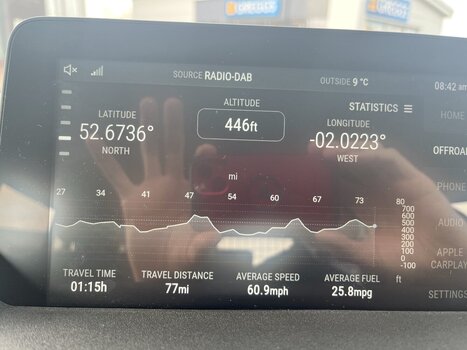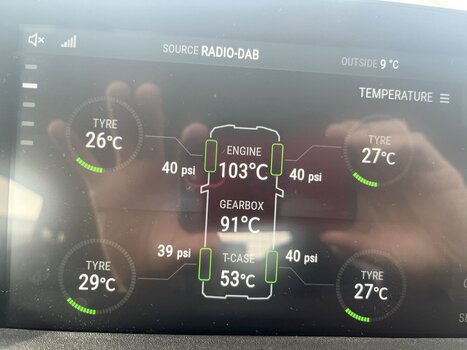- Local time
- 12:09 PM
- Joined
- Nov 5, 2022
- Messages
- 2,168
- Reaction score
- 4,810
- Location
- Brisbane QLD, Australia
And I would argue that if the vehicle is fit for your purpose then a difference of 3-4L per 100km (say the difference between perceived good and poor fuel economy) over say 20,000km/annum equates to about $1500 over a year which should hardly be significant based on the ability the vehicle has to earn its keep. If there are similar purchase options with better figures then maybe it’s a consideration but I wonder how many people use fuel economy as a deciding factor with this sort of purchase.Unfortunately that kind of dismissive attitude ignores people who really use their vehicles for work- the "purpose" envisioned by Ineos. A leaf won't ford mexican or canadian rivers trying to get to remote spots, after driving 4 days on the interstate to get to this crossing spot. For people who only buy a grenadier to have the newest prettiest thing, you are right, gas mileage doesn't matter. For those that need a utility vehicle where there are only a few competitors in the same price and size arenas, gas mileage becomes a significant factor. We're already taking a risk buying an unproven vehicle with no support chain (though I was told Mexico in 2024) and no history of longevity.
Double or triple the annual milage maybe it’s a consideration, but again perhaps not based on income earned and capacity to fulfill its purpose. I just find it amusing that lots of people buy a 3 tonne vehicle load it up to capacity and expect it to achieve the same fuel economy as a family sedan.
Now in your instance if you are doing huge miles a year, then yes it all adds up, but I’d suggest you are far from the normal buyer and less the target market for the IG.
Last edited:





